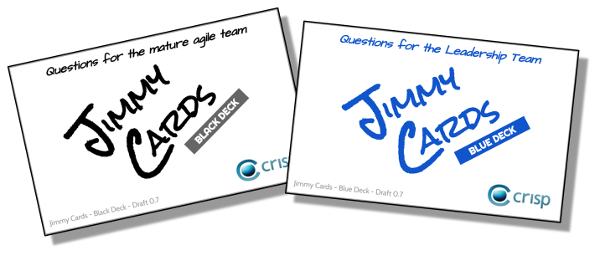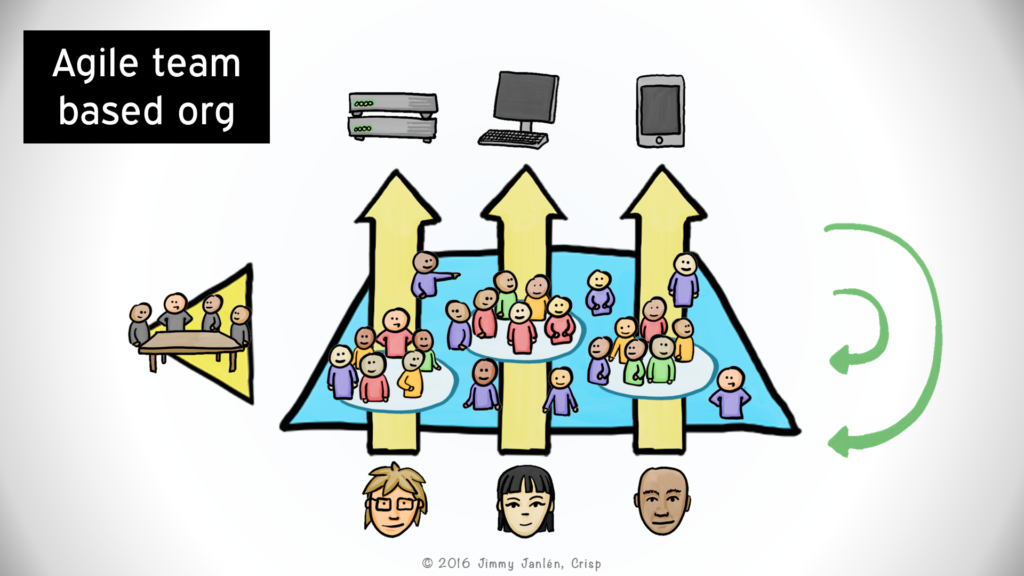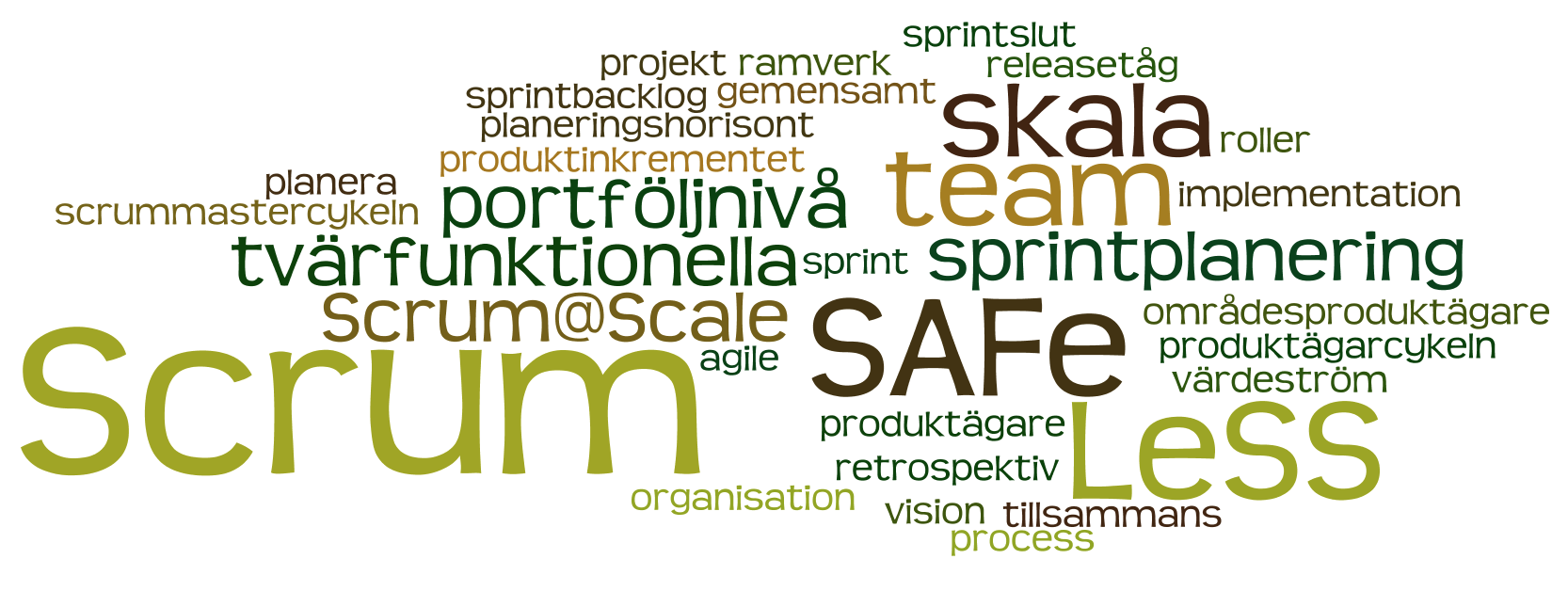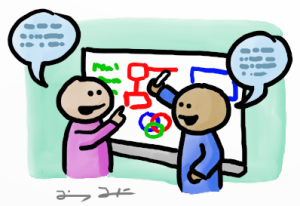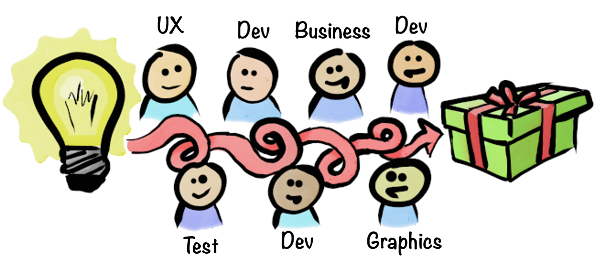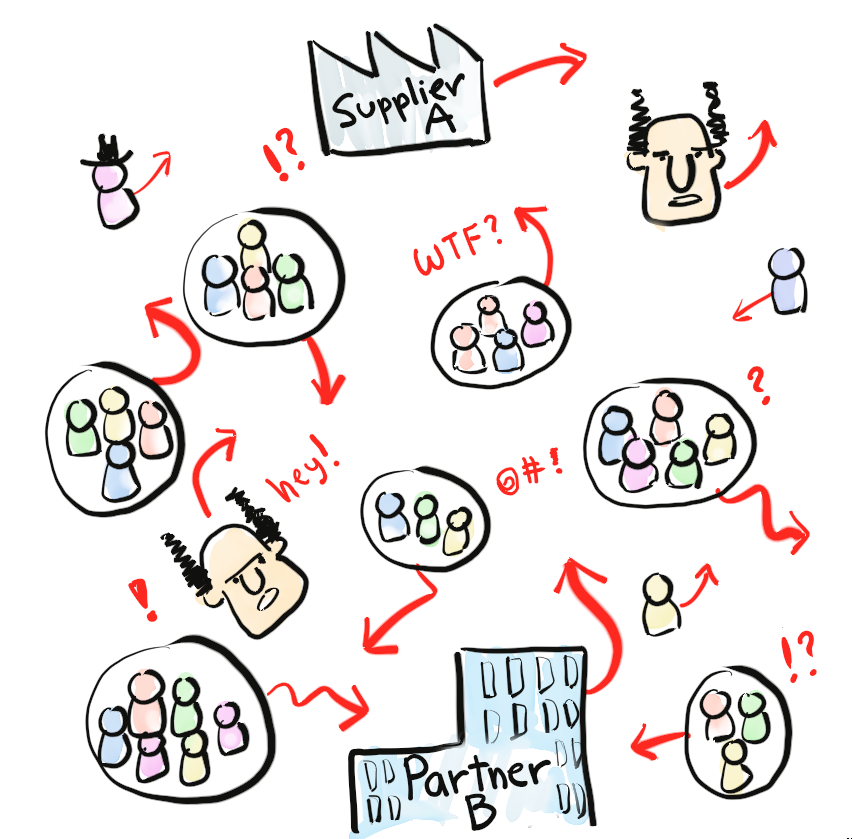Meet Enspiral, with the inspiring purpose of “More people working on stuff that matters”. This autumn I finally got to meet Joshua Vial from Enspiral when he and his colleague Susan Basterfield visited Stockholm for keynoting at the Agile People Sweden Conference. This was the first time Joshua visited us but Susan, I had already had the privilege to get to know last year when we hosted a workshop at Crisp on the Enspiral European tour.
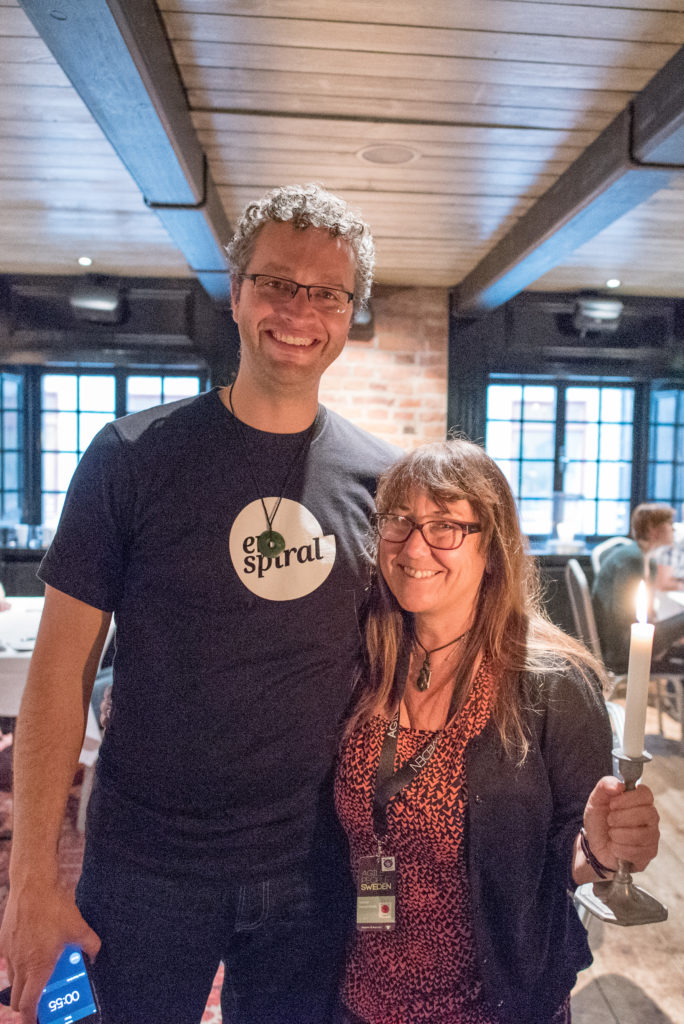
After the conference, I had a chance to sit down with Joshua and Susan to chat about Enspiral, social entrepreneurship, doing things that matters and the future of work. As we sat down and chatted and realized that we are a tribe of changemakers separated at birth, or at very least sharing latent strands of DNA. How else can you explain the exquisite similarities of two entrepreneurial collectives from the polar opposites of the planet? Crisp and Enspiral are like long-lost cousins. We are both two companies with a belief that there are better ways of organizing and leading work than the traditional way.
These new ways are based on principles of self-management, agility, openness, and participation. We believe organizations like this are more rewarding and purposeful for the people working in them. This will lead to that people’s potential are freed up to do more good and impactful things in the world.


